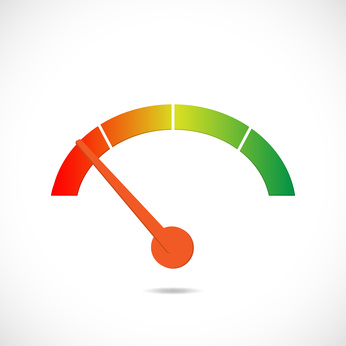Sure, we all get hungry, but wanting food is a mental and emotional need, while being hungry is physical. A feeling of hunger is our body’s way of telling us our digestive processes are in full swing: and that our body is prepared to fully break down and assimilate any food we put into it.
If we eat when we’re not hungry, we decrease the chances that our food will be properly digested. Improperly digested food turns into toxins, which clog the body and lead to imbalance, weight gain, headaches, poor skin, and disease.
This imbalance leads to further cravings. Most people believe a strong craving for something means their body is trying to tell them what it needs. This is only true in a balanced system where the body is so highly attuned to its surpluses and deficits that it may crave, say, oysters when it is low on zinc, collards when it needs calcium, and kelp when it needs iodine.
However, this is not true when your body is out of balance and craves macaroni and cheese or the pineapple upside down cake from your favorite restaurant. These cravings do not serve us and are called food addictions.
Fortunately, health begets health, and once you achieve a balanced state, cravings can be indulged because they are the reflection of your body’s innate intelligence. But how do you get to such a balanced state, and how can you tell the difference between true cravings and false cravings?
Learning to listen to your body, and understanding how your body responds to the foods you are eating, is the best way to manage your hunger.
True Hunger
• Appears at regular times
• Appears at least four hours after a previous meal
• Is satisfied by healthy, whole, or unrefined foods – for example, a sweet craving satisfied by rice, sweet potato or dates
• Leads to craving unrefined or whole foods
False Hunger
• Appears at irregular times
• Appears shortly after eating
• Is only satisfied by specific foods
• May include constipation, diarrhea, gas or bloating
• Involves a craving for refined, highly sweetened or fatty foods
• Is driven by emotional state and /or fatigue
The WERDS Test
Another way to distinguish between true hunger and false hunger is to use the WERDS (Walk, Emotionally Recharge, Drink, & Sleep) Test as a diagnostic tool. False hunger will disappear after a few sips of ginger tea or hot water with lemon, a 15-minute nap, a hug from a loved one or short meditation, or a quick jaunt around the block.
True hunger will increase with any of these things. If you are still hungry afterward, it’s a good sign that your body is ready for food and your digestion will be strong.
When you learn to listen to your body and understand how it’s responding to the foods you’re eating, you will succeed in managing your hunger. You will also know your triggers and how they are keeping you from feeling your best.

